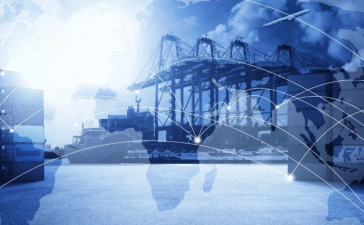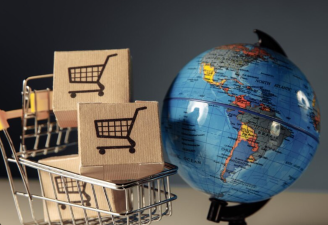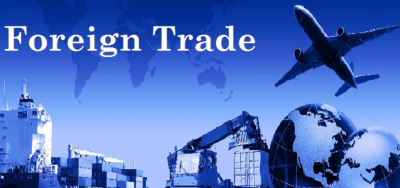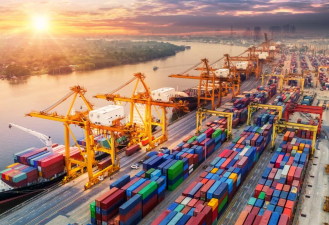From Southeast Asia's digital economy to Africa's urbanization, to Latin America's green energy revolution, these regions are uniquely transforming the very fabric of the global economy. They are no longer simply suppliers of raw materials or markets for cheap labor, but are increasingly becoming innovation-driven growth engines and major consumer bases.
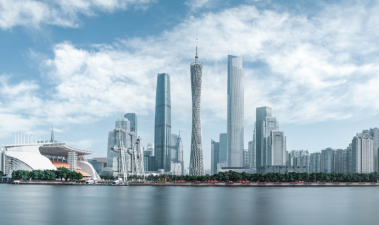
Growth Potential of Emerging Market Economies
- Demographic Dividend
Emerging market countries generally have large, young populations, providing a strong impetus for economic growth. Compared to developed countries with rapidly aging populations, emerging market countries have vibrant labor markets and greater production and consumption potential.
- Rapid Urbanization
Urbanization is accelerating in emerging market countries, driving not only infrastructure development and real estate development but also the expansion of the service and manufacturing sectors. The agglomeration and economies of scale brought about by urbanization help improve productivity and economic vitality.
- A Growing Middle Class and Consumer Demand
With economic development, the middle class in emerging market countries continues to grow, and consumer demand is also rapidly increasing. The rise of the middle class is driving demand for consumer goods, services, and financial products, injecting new impetus into economic growth.
The Current Global Financial Landscape
Before understanding the rise of emerging markets, we need to examine the fundamental structure of the current global financial landscape. For a long time, developed countries in Europe and the United States have been the mainstays of the world economy, while the Four Asian Tigers (South Korea, Singapore, Taiwan, and Hong Kong) have emerged as representatives of emerging economies. However, in recent years, with the acceleration of globalization and the spread of technological innovation, the dominance of traditional powers has been challenged.
- The Relative Decline of Developed Countries
Although the United States remains the world's largest economy, its growth rate is slowing. Meanwhile, many European countries face challenges such as aging populations and high debt, resulting in a decline in overall competitiveness. In contrast, emerging market countries have demonstrated greater adaptability through flexible policy adjustments and lower production costs.
- The Rise of Regional Economic Cooperation
Beyond the performance of individual countries, regional economic cooperation has also become a significant force shaping the global financial landscape. For example, the ten ASEAN countries have become an attractive investment destination through strengthened internal collaboration, while the implementation of the African Continental Free Trade Agreement has created conditions for a unified market.

Key Drivers of the Rise of Emerging Markets
So, what are the factors driving the continued rise of emerging markets on the global stage? The following points are particularly noteworthy:
- The Prevalence of Technological Innovation
The widespread use of digital technology has significantly lowered barriers to entry in emerging markets. Whether it's mobile payments or e-commerce, consumers in these regions can skip the traditional infrastructure development phase and directly access modern services. In Kenya, for example, the mobile-based financial service M-Pesa has revolutionized local lifestyles and attracted significant international investment.
- Policy Support and Reform Strength
The role of the government is equally significant. Many emerging market countries have attracted foreign investment by formulating preferential policies and improving the business environment. For example, Vietnam has vigorously promoted the development of export-oriented industries in recent years and joined multiple free trade agreements, making it a key node in the global supply chain.
- The Need for Green Transformation
Faced with the pressures of climate change, emerging markets are actively embracing the concept of sustainable development. Mexico is investing in wind and solar power projects, and South Africa is committed to reducing its reliance on coal. These efforts not only help address environmental issues but also have the potential to generate new economic growth drivers.
Summary
Emerging market countries have enormous economic growth potential and are expected to become a major engine of future global growth. However, to achieve this goal, these countries need to overcome challenges such as a fragmented economic structure, inadequate infrastructure and education, and political and economic governance risks. By implementing economic structural reforms, increasing investment in infrastructure and education, and strengthening regional and international cooperation, emerging market countries can improve the quality and sustainability of economic development and truly shoulder the responsibility of promoting global economic growth.


